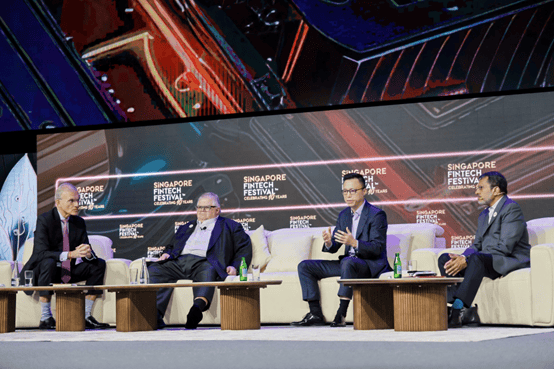
But companies are struggling to monetise AI – and CFOs are sounding the alarm.
New data has revealed that 71% of global CFOs are struggling to extract financial value from artificial intelligence (AI), despite high levels of adoption. This is the central finding from a first-of-its-kind international study into CFO’s perspectives on AI monetisation.
By contrast, the data also shows that nearly 90 percent of finance leaders named AI monetisation as mission‑critical to their company’s success over the next five years. The report calls this opportunity “the second digital gold rush”.
The CFO study, conducted by usage optimisation platform DigitalRoute, captured the views of 614 Chief Financial Officers across six regions – the UK, the US, Germany, France, the Nordics, and the Benelux region.
While AI adoption is surging, only 29% of the surveyed firms have a working monetisation model in place; the rest are either experimenting or are ‘flying blind’. That uncertainty is underscored by the finding that 68% of tech companies believe their traditional pricing models no longer applies in an AI-driven world.
Almost two-thirds (64%) now list AI monetisation as a formal board priority, signaling that the issue has moved out of innovation labs and into the C-suite agenda. Yet only one in five companies can track how much AI each individual consumes, leaving finance teams to guess at usage, billing and margin.
“AI in the second digital gold rush, but without the usage-level visibility, companies are gambling with pricing, profitability and even product viability.” said Ari Vanttinen, CMO at DigitalRoute. “Our data shows CFOs urgently need real-time metering and revenue management to turn AI from a cost line into a genuine profit engine.”
The study also reveals systemic obstacles slowing commercialisation. Seventy percent of respondents cite pricing complexity as the single biggest barrier to scaling AI features, while 56% report friction between finance and products teams, a misalignment that drags on go-to-market velocity. Legacy infrastructure is another sticking point: 63% of organisations are already investing in new revenue management systems because outdated quote-to-cash tools cannot accommodate usage-based AI models.
Regional patterns emerge as well. Nordic companies are frontrunners in technical implementation but struggle with profitability, highlighting the hidden cost side of generative-AI workloads. By contrast, the UK and France are already translating strong policy support in early commercial wins, while US firms recognise AI’s potential yet grapple with sector-specific scaling challenges.
The report concludes with concrete guidance for finance leaders. First, meter consumption at a feature level to capture true value creation; second, model value-based and usage-based pricing in tandem before launch; and third, unite product, finance and revenue-operations teams around a single revenue-date layer. “Every prompt is now a revenue event,” Vanttinen added. “When businesses can see, price and bill for AI usage in real-time, they unlock the margins the market expects.”
You can read the full report here: The State of AI Monetization: A CFO Perspective.


